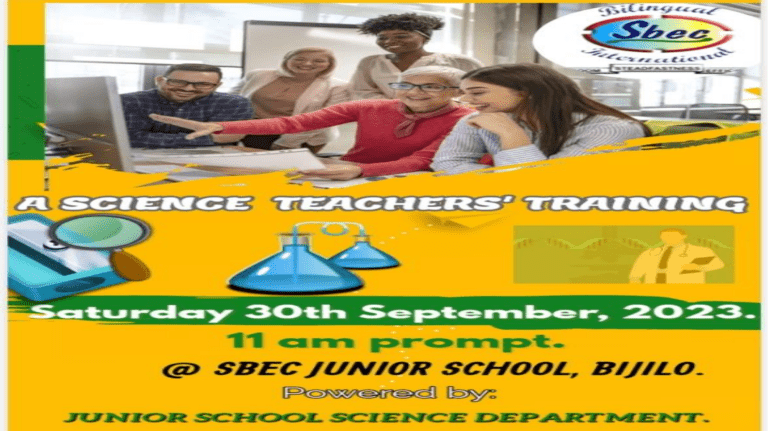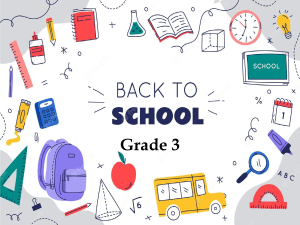
OBJECTIVES The participants should be able to: 1. Discuss problems associated with kids learning science. 2. Discover ways to make science more interesting and engaging. 3. Explore online resourses to enrich learning. Science is one of the most engaging and hands-on subjects in schools, with practicals and real life applications, it is bound to arouse the learners interest, but it’s not always easy to get students on board especially younger children. Discuss why you think this is so. so it’s worth putting some thought into how to make science fun! Having fun in the classroom isn’t just about keeping students interested. Research shows that having fun actually increases brain activity and releases dopamine and oxytocin. This creates a feedback loop that helps students associate learning with enjoyment and positive emotion. That’s good for class performance, and it encourages students throughout their school career and into the rest of their lives. Today, we’re going to explore some of our favourite ways to make science fun and encourage students to get involved! 1. Translate Lessons into Experiments. Science classes cover complex topics. While there are plenty of ways to translate your material into a lecture or readings, it’s helpful to use experiments to illustrate the point. Simple experiments are incredibly useful for demonstrating scientific principles. Plus, a good experiment helps to engage your students’ five senses, further improving their attention, mood and recall! 2. Encourage Hands-On Play. Pick an activity that your students can get involved with! Watching an experiment can be an incredible learning experience for students at all ages. But, if you really want the lesson to stick, there’s nothing better than encouraging students to get hands-on with the materials. Hands-on experiments, or activities, help to engage your students’ touch, taste, smell and hearing, all of which helps their brains to make stronger connections and improves their comprehension. 3. Explore the World outside the Classroom. Some of the best learning experiences happen beyond the classroom. If your students have had enough white boards and markers, it’s time to explore the world outside. There are plenty of great ways to explore science outside the classroom, like: *Host your normal class on the school oval,play ground or field (just to change environment) *Use sports to demonstrate biology and physics *Take your students on a hunt for creepy crawlies *Launch CO2 rockets and see whose flies the farthest *Start a vegetable garden and turn the plant growth into an ongoing experiment etc. 4. Make Your Students Laugh! Blending a healthy dose of humour into your teaching style is a great way to catch your students’ attention and keep them engaged with the lesson. Tailor your humour to the age group and figure out what gets the laughs and what doesn’t. Humour and wit go hand in hand with things like the props, experiments and science games you’re already using. There’s no need to force yourself to make jokes – just pay attention to how your students react and see if you can riff on the content to keep them engaged. 5. Make science class engaging by using lots of visual aids. 6. Make science class engaging by making connections to realworld examples. 7. Take them on field trips (both virtual and in person One of the best teachers is a personal experience. As with hands-on activities, field trips allow children to experience various things on their own, versus just reading about them. Think about your local zoos, aquariums, conservation departments, museums, farms, other local attractions. virtual tours are also available online, witout leaving your classroom. 8.Make science class engaging by using games. Other ways of making the class fun include: *Calling in the experts. * being silly and enthusiastic about topics. *Keep it at their levels. How to Inspire Curiosity It’s critical that we do the hard work of encouraging kids’ curiosity and engaging them in the science process when they ask questions. We do this by in turn asking them questions to help kids see what they already know, what they think, what they need to learn, or what they need to do to answer their own questions. Questions like: What do you think? How does it work? Why do you think that? What is the cause? What would happen if…? How might we test it to see if it’s true?

